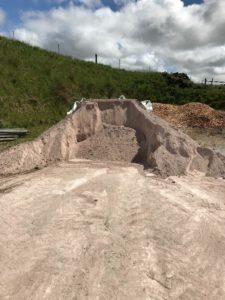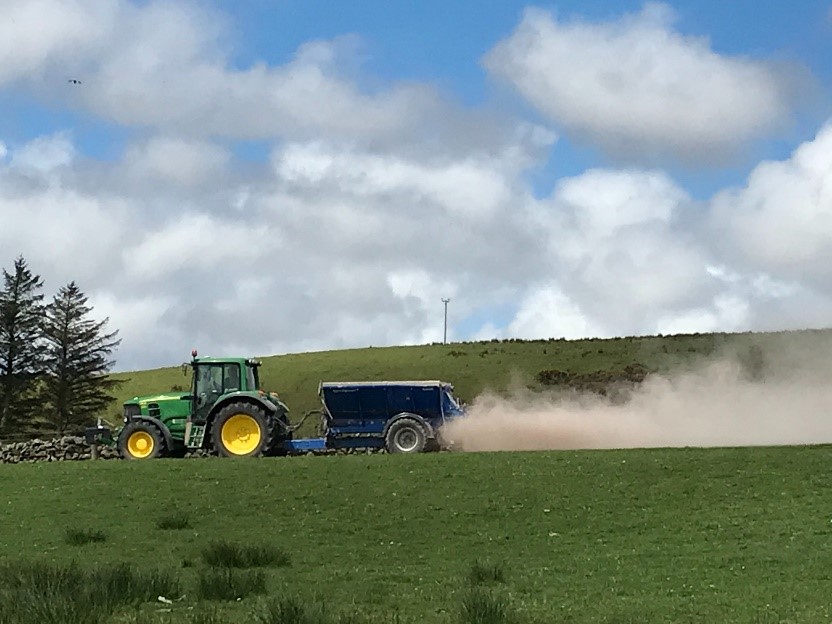Fertiliser prices – strategies to maximise your return on investment
29 December 2021There has been a 250% increase in wholesale gas prices over the last 12 months. This hike in energy costs is one of the factors contributing to the increased cost of urea, consequently fertiliser prices are at their highest for the last 5 years and it is unlikely we have seen the peak. Typically, nitrogen prices are 180% higher than in September 2020, phosphate and potash have also followed the same trend with an increase of around 120%. This will have a substantial impact on input costs and requires careful consideration of several factors to ensure there is a justifiable return on fertiliser investment.
The first consideration is taking a hard look at soil fertility across the whole farm. It is widely known that at a pH of 5.5 only 77% of Nitrogen applied is available to the growing plants yet analysis of grassland samples submitted to SAC Analytical Lab and Lancrop Laboratories show that 60% of those samples had a pH below 5.8, with 30% 5.5 or below. Across Scotland that potentially equates to 785,520 ha of grassland with pH levels below 5.8.
At a pH of 5.5 and with Nitrogen currently at £630/t, for every 125kg/ha of product applied 33% of that product is not available to the plant, equivalent to £18/ha. Multiply this by 3 applications over the season on a 100-ha farm and it is a total loss of £5400 or 158 tonnes of lime @ £34/t. You do not have to look too far into the future before you see a return on investment from spreading lime.
 Long term we can look at incorporating more clover into swards, introducing legumes to cereals, and using multi species swards to reduce our nitrogen requirements, however in the short term we need to ensure soils have the ability to grow as much forage without nitrogen through availability of P& K but also that for any nitrogen applied as much of that nitrogen is available to the plant as possible.
Long term we can look at incorporating more clover into swards, introducing legumes to cereals, and using multi species swards to reduce our nitrogen requirements, however in the short term we need to ensure soils have the ability to grow as much forage without nitrogen through availability of P& K but also that for any nitrogen applied as much of that nitrogen is available to the plant as possible.
Immediate action required is to use up to date soil samples and slurry and manure analysis to prepare a nutrient budget which will firstly, make best use of manures available and then inorganic fertiliser. No farm business can withstand doing the ‘same old’ with fertiliser prices as they are, but we will also prolong the impact if a plan is not put in place to grow the forage and crops required.
Sign up to the FAS newsletter
Receive updates on news, events and publications from Scotland’s Farm Advisory Service

